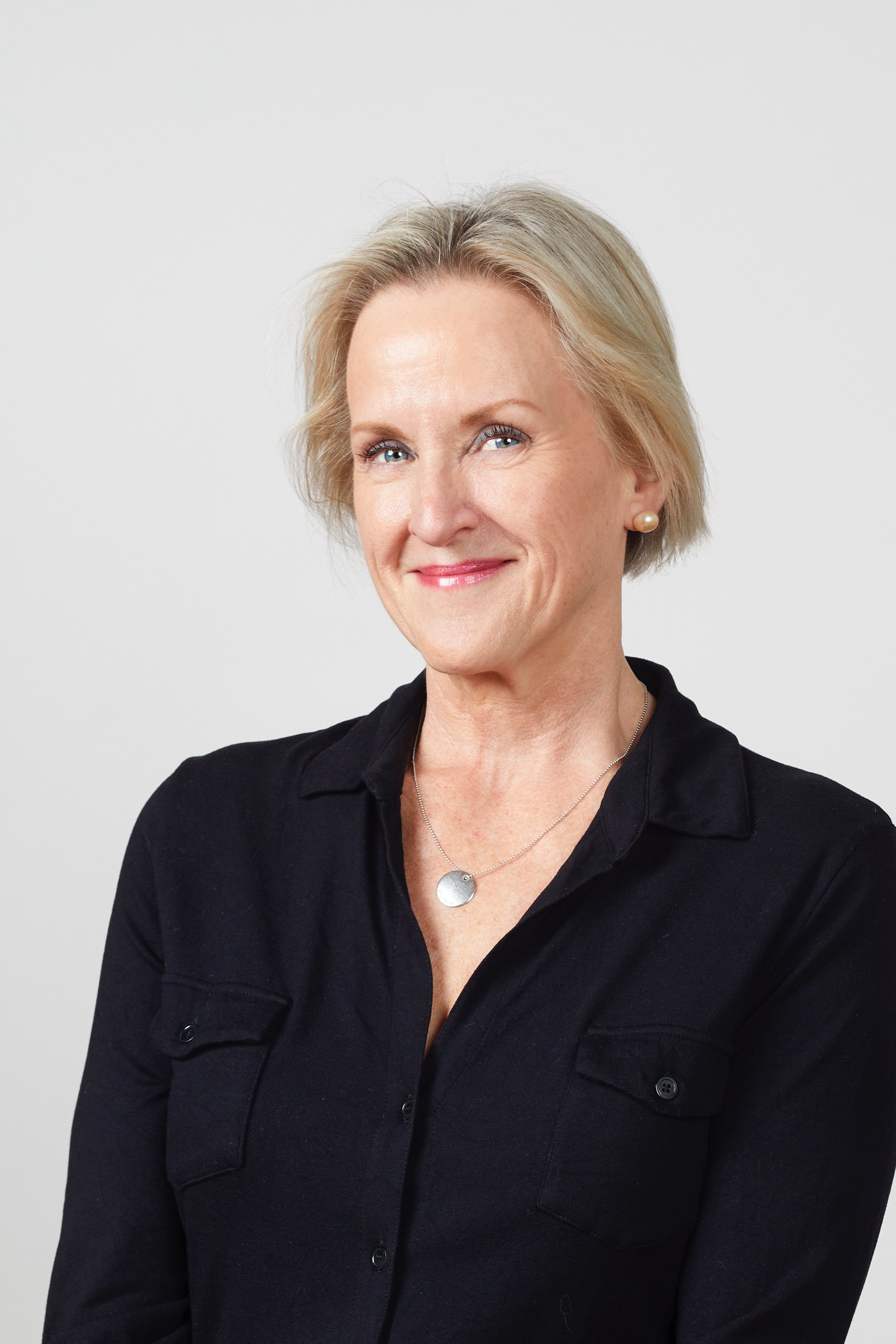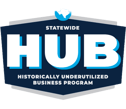Learning from other healthcare systems’ successes and even failures helps everyone better protect patients and healthcare workers. We’ve been fortunate that Erica Bane, Pharm.D., BCPS, Medication Safety Officer from Scripps Health, has openly shared Scripps’ experience transforming their hazardous drug management process from relying on an Excel document to a larger, more secure, and more effective program that truly safeguards healthcare workers and in turn, protects patients too.
You may have read our previous blog based on Erica’s session at the California Society of Health-System Pharmacists’ Annual Meeting, but she had even more to share in this recent webinar. As you know, hazardous drug safety is a broad and, at the same time, detailed journey, and one conversation or session cannot cover all the things involved. In this webinar, Erica shared several other key takeaways that could be helpful to you as you protect healthcare workers from exposure to hazardous drugs.
As a refresher, Scripps Health comprises numerous acute care facilities, infusion centers, ambulatory centers, surgery centers, clinics and retail pharmacies. Rhazdrugs touches all of these departments and helps Scripps Health standardize its HD program across the entire system.
Key Takeaway #1: Safety for Staff Means Safety for Patients
We may have beaten this point over the head, but it’s worth one more mention. In Scripps’ development of the hazardous drug management system, Erica emphasized how critical it is to involve frontline nurses and other disciplines. By conducting user group meetings and incorporating their feedback, Scripps created a more user-friendly and practical solution, which, in the end, will protect more people from exposure to hazardous drugs.
In fact, before Erica became the system’s medication safety officer, she was an OR pharmacist and NICU pharmacist. Because of this experience, Erica understands what it’s like to feel like you are not listened to, especially when you are the end user of a product. She tries to put herself in the shoes of the nurses, environmental services or other healthcare workers who come in contact with hazardous drugs. This helped her to prioritize not only patient safety but also employee safety.
“We want to protect ourselves, but by protecting ourselves, we protect our patients, because we're doing the best care that we can do for our patients and ourselves. So just keeping that in mind, that yes, it is about employee safety, but if the employee's safe, the patient's safe, and I think ultimately that's the goal.”
As part of the process, Erica and the team surveyed the stakeholders, including risk and compliance, nursing, pharmacy, and environmental services. The overwhelming feedback was positive not only in response to the effectiveness of the new hazardous drugs management program but also in the process itself and in involving the end users in the planning and implementation.
“We have shown that the work that we have put in and the decision that our organization took to prioritize this program within our company has paid off,” Erica said. “We want to ensure that at every step of the process, we're making sure our patients and our employees are safe.”

Key Takeaway #2: Simplify Access to Critical Safety Information
As part of the user groups, Erica and her team dug into the workflows of nursing staff, disposal and waste management, and pharmacy prep and dispensing. This led to thinking about their day-to-day workflow of using their biological safety cabinet (BSC) to compound. What does that look like? How can we set up Rhazdrugs to streamline that process?
During discovery, Scripps uncovered a key challenge: nurses were juggling multiple resources to find the medication safety policies they needed. This not only slowed them down but also risked outdated or inconsistent information. The Rpharmy team helped Scripps revamp this workflow, which allows them to now say, “Our true north now is our Rhazdrugs site for all of the actual procedures we are doing. This is probably the biggest benefit to our end users.”
In fact, they’ve included links to Rhazdrugs in multiple places, including the EHR and even to the point of the MAR, so users do not have to back out of what they’re doing to find the safety information they need. Since the links in the MAR go directly to the drug handling information for that specific drug, this saves nurses and others significant time from searching through a database to find the medication they are getting ready to administer.
Integrating hazardous drug information directly into Epic and creating multiple access points like dashboards, medication records, and compounding recipes ensures that critical safety information is easily accessible to all staff.
Key Takeaway #3: Clarity in Classification = Confidence in Handling
Scripps went through the tedious process of reviewing their HD list in the Excel document they used previously and classifying each one down to the dosage forms. They evaluated the risk type for each medication and each form, whether oral, injectable, intrathecal, or irrigation. This enabled Erica and her team to develop a nuanced classification system for hazardous drugs, including multiple risk levels (minimal, low, moderate, high) and specific handling tables for different types of medications.
Because of this process, Scripps was able to communicate more precise handling protocols and specific workflows for pharmacy and nursing. For instance, drugs labeled “Minimal risk” can potentially be crushed/split at the bedside, while those that are “low risk” may require pharmacy-level preparation. Moderate to high-risk drugs have strict handling protocols that can easily be communicated through Rhazdrugs. 
Key Takeaway #4: Get Ready to Impress the Inspectors
 While implementing Rhazdrugs, Scripps proactively worked to meet California's two-level drug approval process. With Rpharmy’s help, they developed systems to easily track approvals and demonstrate compliance. Although the two-level approval process is unique to California for the moment, we expect it to be implemented in other states in the future. Have no fear; Rpharmy now can help you incorporate this into your workflow and meet this requirement.
While implementing Rhazdrugs, Scripps proactively worked to meet California's two-level drug approval process. With Rpharmy’s help, they developed systems to easily track approvals and demonstrate compliance. Although the two-level approval process is unique to California for the moment, we expect it to be implemented in other states in the future. Have no fear; Rpharmy now can help you incorporate this into your workflow and meet this requirement.
Joint Commission inspectors paid a visit to Scripps last fall. When inspectors asked both nursing and pharmacy staff about the process for handling and assessing hazardous medications within our facility, they could easily pull up Rhazdrugs and access their safety protocols.
“You can have a policy in place, but if you can't speak to it or practice it, then that's where your gaps were,” Erica explained.
Of course, we were pleased to hear that the inspectors said they would recommend what they saw at Scripps as a best practice for a hazardous drug communication plan. 😀
Side note: If you haven’t read “The Top 8 Questions To Expect In Joint Commission Inspections,” one of our most popular blogs of all time, check out the original and the updated version for some helpful insight into what inspectors are actually focusing on.
Key Takeaway #5: Risk Doesn’t Wait for FDA Approval—Neither Should Your Safety Protocols
Scripps Health has a sizable investigational drug study population, so developing standardized handling information, even for drugs not in their formulary, ensures consistent safety protocols across all medication types.
Although the Rhazdrugs database does not include investigational drugs because a lot of them haven’t been FDA-approved, we were in awe of Scripps’ solution for communicating safety protocols for investigational drugs and new biologics.
In Epic, Scripps added entries for investigational drug templates, which leads to Rhazdrugs pictured in the screenshot below. The safety information is not specific to that drug, but it illustrates how you would handle a drug of this type based on the assessed risk level, providing the frontline nurses, EV and others guidance on the drug. 
Again, we sincerely thank Erica for sharing her expertise on transforming Scripps Health's hazardous drugs management process and implementing Rhazdrugs. During the webinar, she emphasized her commitment to knowledge sharing, especially when it improves employee and patient safety protocols. Erica welcomes continued discussion and is available to answer your questions or provide additional insights. To connect with her, simply email us at info@rpharmy.com.
***If you are a Rpharmy customer - either Rhazdrugs or Formweb - you can access these webinar presentations within your editor.


